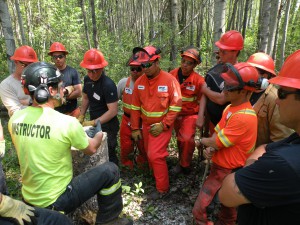INPROFA CONFERENCE
Day 1 – Tuesday 6th September 2016
General conference information & programme to download HERE
08.15–09.00: REGISTRATION & COFFEE
09.00–09.30: Introductions: Assoc. Prof. Eng. Radomír Klvač, Ph.D., Dean of the Faculty of Forestry and Wood Technology, Mendel University in Brno & William Robb BSc(Hons)For MICFor, President – ABA International
09.30–10.10: Dr Daniele Zanzi (Italy)
What’s new in modern arboriculture?
A deep knowledge of biology is necessary to properly take care of our tre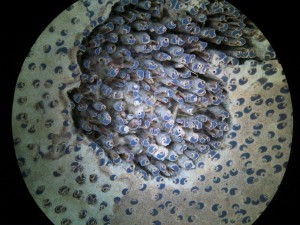 es. A comprehensive knowledge of the anatomy of trees and their physiology is key to understanding how different situations occurring in our cities and affect trees. Alex Shigo is the father of modern arboriculture. Daniele Zanzi introduced Shigo in Italy and contributed to the spread of his studies throughout Europe.
es. A comprehensive knowledge of the anatomy of trees and their physiology is key to understanding how different situations occurring in our cities and affect trees. Alex Shigo is the father of modern arboriculture. Daniele Zanzi introduced Shigo in Italy and contributed to the spread of his studies throughout Europe.
Thanks to Shigo’s research, our comprehension of the whole tree biology environment
totally changed: the reaction of the tree tissues against wounds, the energy that a tree could accumulate and the relationship that can exist between a tree and its associates are the basis of our approach in arboriculture.
Only with direct experience (Touch Trees!) in the field can we employ a proper approach in the context of modern arboriculture. New technologies, as bio-control, IT systems and advanced technologies in evaluating tree stability, could help us in preservation of trees within the urban environment.
10.15–10.55: Oskars Krisans (Latvia)
Monitoring tree reaction to the environment: sap flow & tree vitality
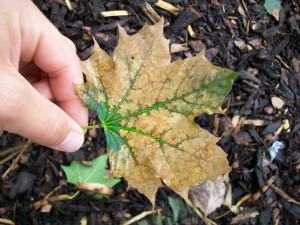 Trees and urban forests in a changing climate can be susceptible to the effects of environmental stress. This case study presents an examination on the health of a summer transplanted oak tree which had been subjected to root pruning. The effect was measured via the radial pattern of sap flow on the stem by state-of-the-art techniques.
Trees and urban forests in a changing climate can be susceptible to the effects of environmental stress. This case study presents an examination on the health of a summer transplanted oak tree which had been subjected to root pruning. The effect was measured via the radial pattern of sap flow on the stem by state-of-the-art techniques.
Direct measurements of sap flow can provide effective diagnosis of changes in tree vigour in relation to a wide range of biotic and abiotic factors. Knowledge gained can provide both foresters & arborists with a better understanding of the potential conditions that can affect vitality & subsequent growth of tree species within their management.
11.00–11.40: Dr Razvan Campu (Romania) – paper 1
Modern evaluation methods in tree stability assessment
This paper presents a modern methodology for assessing the risk in park and street alignment trees of the city of Brasov. The method involves analysing tree trunk resistance to wind load, using modern techniques (sonic tomograph and drilling resistance) for the identification of internal defects and studying the tree trunk and crown characteristics as well as the distance from objects to be protected.
11.45–12.40: LUNCH
12.45–13.25: Dr Glynn Percival (Great Britain)
What’s new in tree pest and disease control technology?
Over the past few years pest and disease severity of trees and shrubs planted within urban landscapes (gardens, streets, parks, etc) has been increasing on an annual basis. Uncontrolled many of these problems can result in high plant mortality rates. Likewise, with climatic change and increased international trade the threat of exotic pest and disease introduction is all too real.
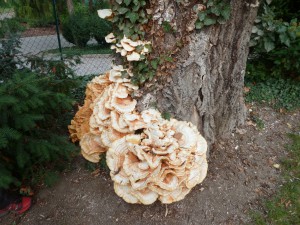 This paper will discuss the practical options available to professionals involved in the arboricultural, nursery production, horticultural and landscape industry to manage and suppress these problems: Areas covered include:
This paper will discuss the practical options available to professionals involved in the arboricultural, nursery production, horticultural and landscape industry to manage and suppress these problems: Areas covered include:
- Plant Defence Activators
- Biochar
- Chitin based fertilisers
- Biological control
- Mulches
13.30–14.10: Frank Rinn (Germany) – paper 1
Understanding tree biomechanics and wind loads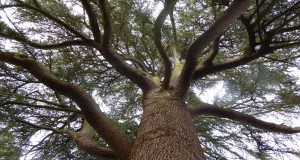
Tree risk assessment requires a basic understanding of species-specific wood anatomy and tree-biomechanics. Risk mitigation and continuous tree-care, in addition, need arborists understanding wind loads, pruning- and cabling-effects. These aspects are described in both theoretical and practical ways.
14.15–14.40: Dr Andrei Apafaian (Romania)
A Review of Automated Techniques in Forest Productivity Studies
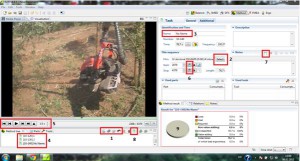 In the last decade modern technology has become widely spread in all activity domains including forestry. Modern tools and equipment such as G.P.S receivers, sensors, electronic measurement systems and dedicated software makes it possible for the delivery of real time information that enables a better and more accurate decision making process. Furthermore, the automated techniques used in different scenarios have the potential to make the productivity studies easier than ever. This review is based on literature research that aimed to quantify the type and extent of applicability of different kinds of equipment used in the forest productivity studies highlighting at the same time the importance of such equipment, tools and techniques.
In the last decade modern technology has become widely spread in all activity domains including forestry. Modern tools and equipment such as G.P.S receivers, sensors, electronic measurement systems and dedicated software makes it possible for the delivery of real time information that enables a better and more accurate decision making process. Furthermore, the automated techniques used in different scenarios have the potential to make the productivity studies easier than ever. This review is based on literature research that aimed to quantify the type and extent of applicability of different kinds of equipment used in the forest productivity studies highlighting at the same time the importance of such equipment, tools and techniques.
14.40–15.10: Dr Juan Carlos Rubio-Romero (Spain)
First results of the analysis of accidents by chainsaw in Andalusia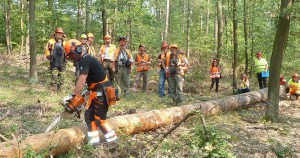
This paper presents preliminary results of the analysis of labour accidents with chainsaw as material agent in Andalusia during the period 2009-2013, in order to characterise the injured worker, as well as the analysis of the contents of manuals and guides in Spanish for safe use of chainsaws.
15:10–15:30 COFFEE BREAK
15.35–16.15: Dwayne Neustaeter (Canada)
Accelerated learning techniques for forestry skills instructors
Have you been to a class where you found it hard to stay awake?
Do you learn better when you are awake and interested?
There are techniques that instructors can apply to improve how much students retain by making learning easy and fun. The understanding of content versus context is the foundation of mastering the art of instruction. This seminar will introduce you to accelerated learning techniques utilized by excellent instructors. You will learn how to manage context and make learning a fun and stimulating experience. This paper will introduce and demonstrate the accelerated learning teaching template using the topic of hung and snagged tree removal. You will gain a broader understanding of how to utilize accelerated learning techniques and learn some methods of how to cut or fell danger trees.
16.20–17.00: Dr Razvan Campu (Romania) – paper 2
Time consumption and productivity of chainsaw manual harvesting of resinous species in Romania
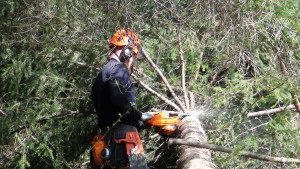 Manual harvesting with chainsaw felling and a group based cable skidder is still the most commonly used system in Romanian mountainous areas. This paper presents time consumption and Husqvarna 359 chainsaw productivity in harvesting resinous trees. This information is necessary for planning certain activities (establishing the amount of equipment and the number of work teams) in such a way that they would not exceed the period of time allowed by the law and that they would comply with the working conditions from each felling area.
Manual harvesting with chainsaw felling and a group based cable skidder is still the most commonly used system in Romanian mountainous areas. This paper presents time consumption and Husqvarna 359 chainsaw productivity in harvesting resinous trees. This information is necessary for planning certain activities (establishing the amount of equipment and the number of work teams) in such a way that they would not exceed the period of time allowed by the law and that they would comply with the working conditions from each felling area.
17.05–17.45: Frank Rinn (Germany) – paper 2
Tree stability to tree safety. Technical diagnostics: overview, possibilities and limitations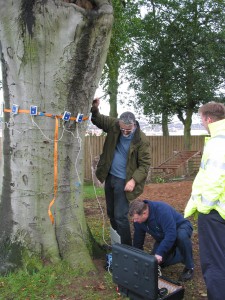
Possibilities and limitations of technical inspection methods: resistance drilling, sonic tomography, pull-tests. Technical diagnostic methods enable trained arborist not only determining safety of trees more precise but in addition deliver written proof that can be better explained to clients, administrations, and legal/insurance experts. But, this requires an understanding of the methods principles and limitations.
18.30–20.00: GUIDED TOUR
20.00: CONFERENCE DINNER
Day 2 – Wednesday 7th September 2016
09.00–09.30: Travel to Mendel University Training Forest Enterprise
09.30–15.30: Outdoor Events:
STATION A – SKYLINE OPERATIONS Led by Přemysl Veselý/Pavel Mauer – ŠLP Masarykův les Křtiny
STATION B – FOREST HORSE DEMONSTRATIONS Led by Pavel Bezpalec– Blatná Engineering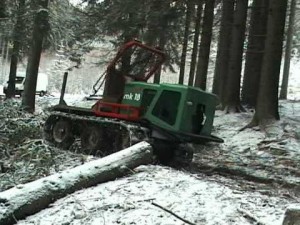
STATION C – TREE PULLING TESTS, RESISTANCE DRILLING & SONIC TOMOGRAPHY DEMONSTRATIONS Led by Frank Rinn – Rinntech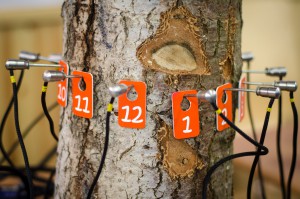 STATION D – CANADIAN CHAINSAW INSTRUCTIONAL TECHNIQUES Led by Dwayne Neustaeter
STATION D – CANADIAN CHAINSAW INSTRUCTIONAL TECHNIQUES Led by Dwayne Neustaeter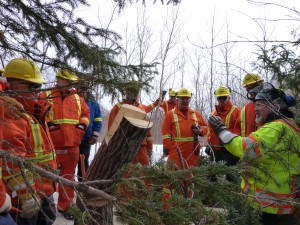
STATION E – AERIAL RESCUE & SRT ACCESS TECHNIQUES Led by Jindrich Prazak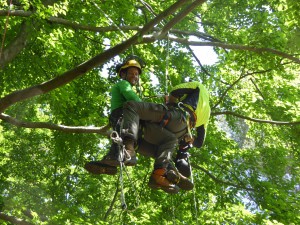
STATION F – CLIMBING ROPE ‘NDT’ INSPECTION DEVICE Led by Pavel Nevrkla & William Robb
12.00–13.00: LUNCH
20.00: FINAL CONFERENCE DINNER

